Eddy, Harding, and Mora county commissioners join a growing list of local decision makers issuing official statements of support for the value of public lands in their communities
Yesterday, the Board of County Commissioners for Mora County, N.M., passed a resolution affirming their commitment to keeping public lands in public hands. This action underscores a local movement, with Eddy and Harding county commissions having approved similar resolutions this summer, and a groundswell of support for public lands across the West.
This local opposition to the state takeover of public lands supports every American’s ability to hunt, fish, and find solitude in the outdoors. Each county resolution recognizes the importance of public lands for basic economic activities such as:
- Providing fish and wildlife habitat and opportunities for outdoor recreation—including hunting, fishing, hiking, wildlife-watching, horseback riding, and bicycling—that are essential to residents’ quality of life.
- Attracting outdoor recreation tourism that drives local spending and employs hundreds of county residents.
- Preserving historically significant and irreplaceable cultural sites and landscapes.
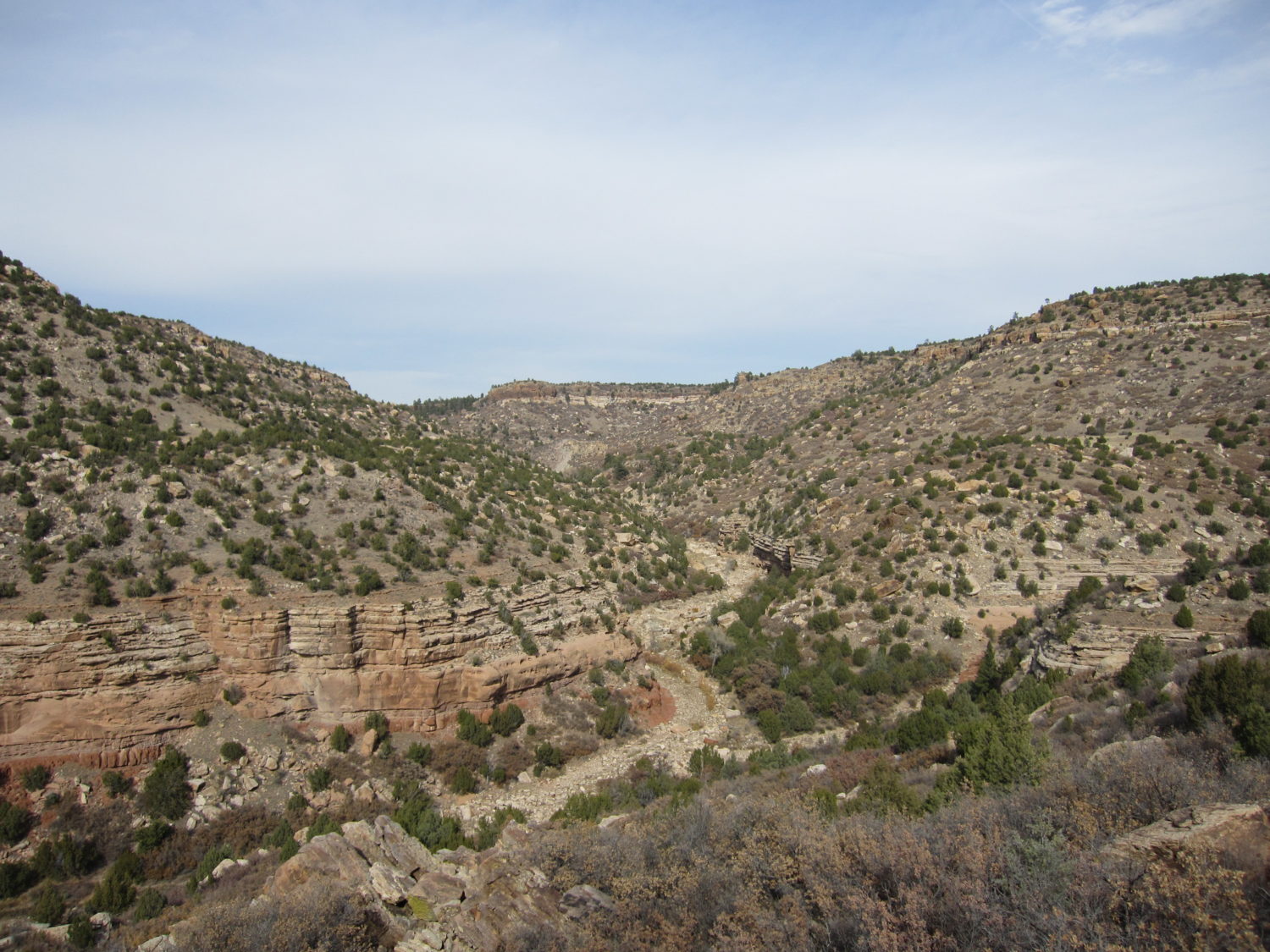
“Public lands provide unparalleled hunting and fishing opportunities in our state,” says Jim Bates, an avid sportsman from Las Cruces, N.M. “I’m proud to live in a place where elected officials value public lands and see how unworkable and problematic the idea of state takeover is to millions of Americans. I hope that other counties across the West will take up this banner in support of our outdoor heritage.”
Mora County is home to the Mora River and Canadian River, which offer excellent trout fishing, as well as Ocate Peak and Old Santa Fe Trail, which are popular with hunters pursuing elk, pronghorns, mule deer, bears, cougars, turkeys, and various small game animals.
Eddy County—where commissioners passed a similar resolution on June 27— has approximately 2.5 million acres of public lands that are valued by sportsmen and women for their abundant opportunities to pursue elk, mule deer, Barbary sheep, pronghorns, bears, pumas, doves, quail, waterfowl, trout, and bluegills. In the northern part of the state,
Harding County passed its own resolution of support for public lands offering fishing, camping, hiking, and backpacking in the Canadian River Canyon, Mills Canyon, and Mosquero Canyon. The Kiowa National Grasslands is also a very popular deer hunting area.
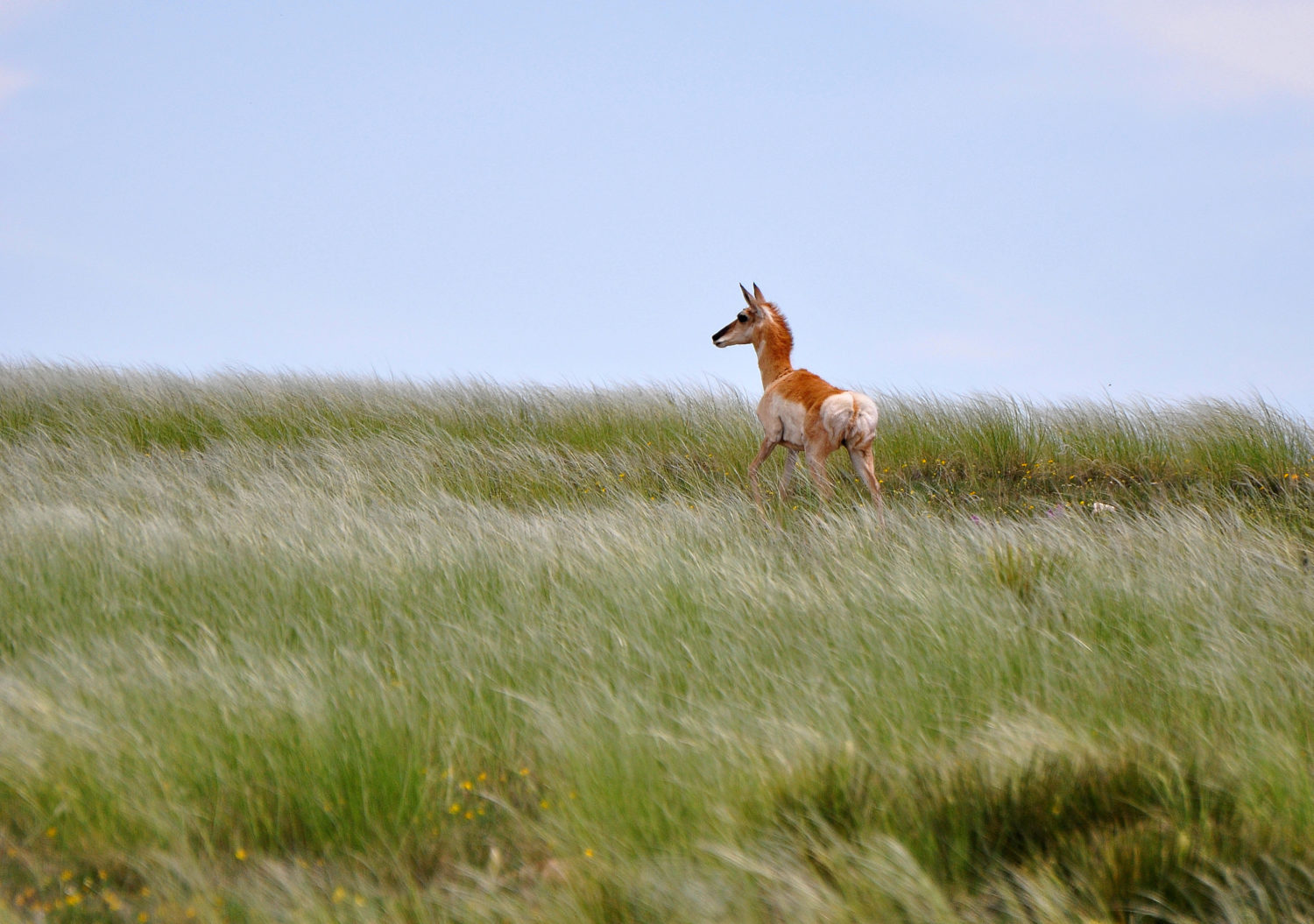
“These elected officials have proven their commitment to America’s public lands and they should be commended by sportsmen beyond their county limits,” says John Cornell, New Mexico field representative for the Theodore Roosevelt Conservation Partnership. “This movement of support for keeping public lands accessible and well managed, which has been echoed in county governments across the West, further proves that New Mexico can be the posterchild state for strong coordination and multiple-use on our public lands.”
A total of 29 pro-public-lands resolutions have been passed by county and municipal governments across the West in the past two years—eight have now been passed in New Mexico. For links to these resolutions and other public statements of support for public lands, visit sportsmensaccess.org.

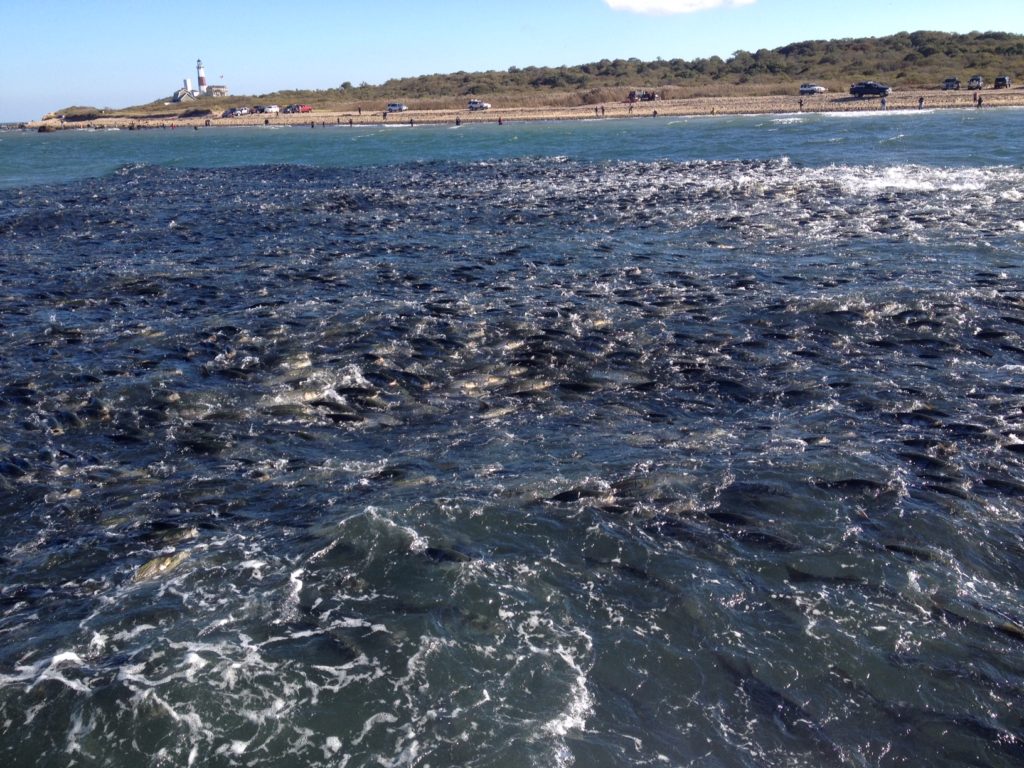

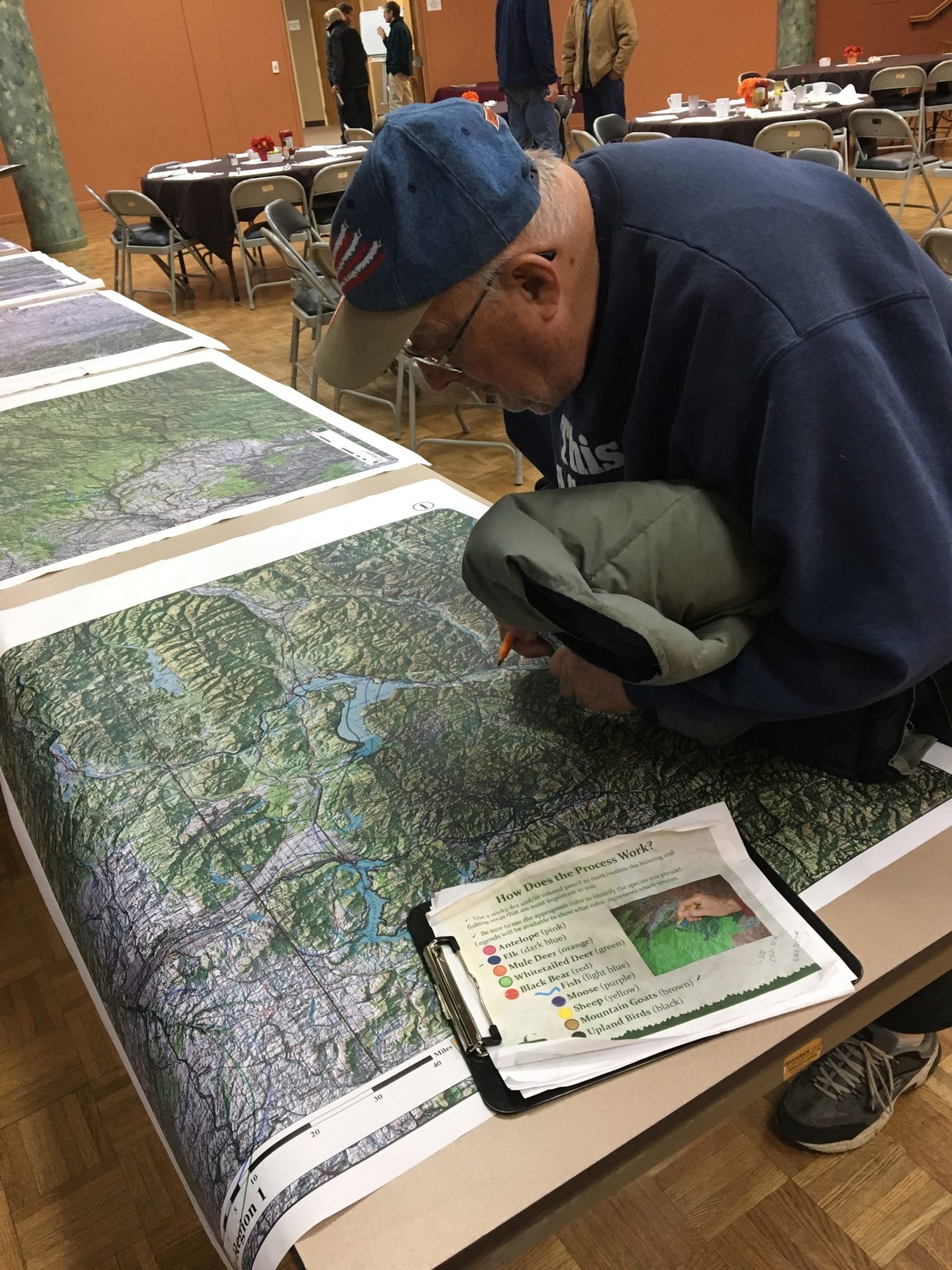
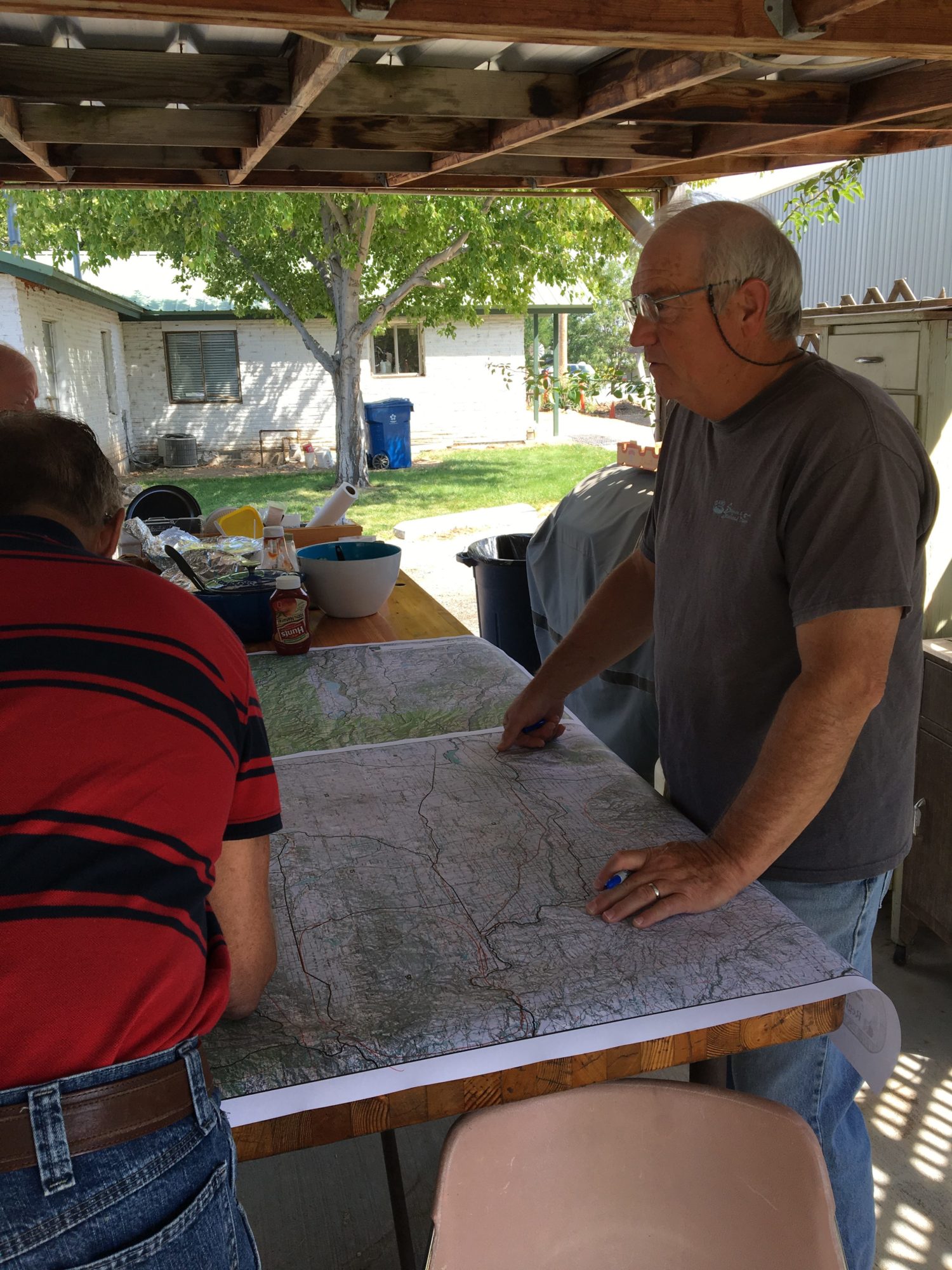
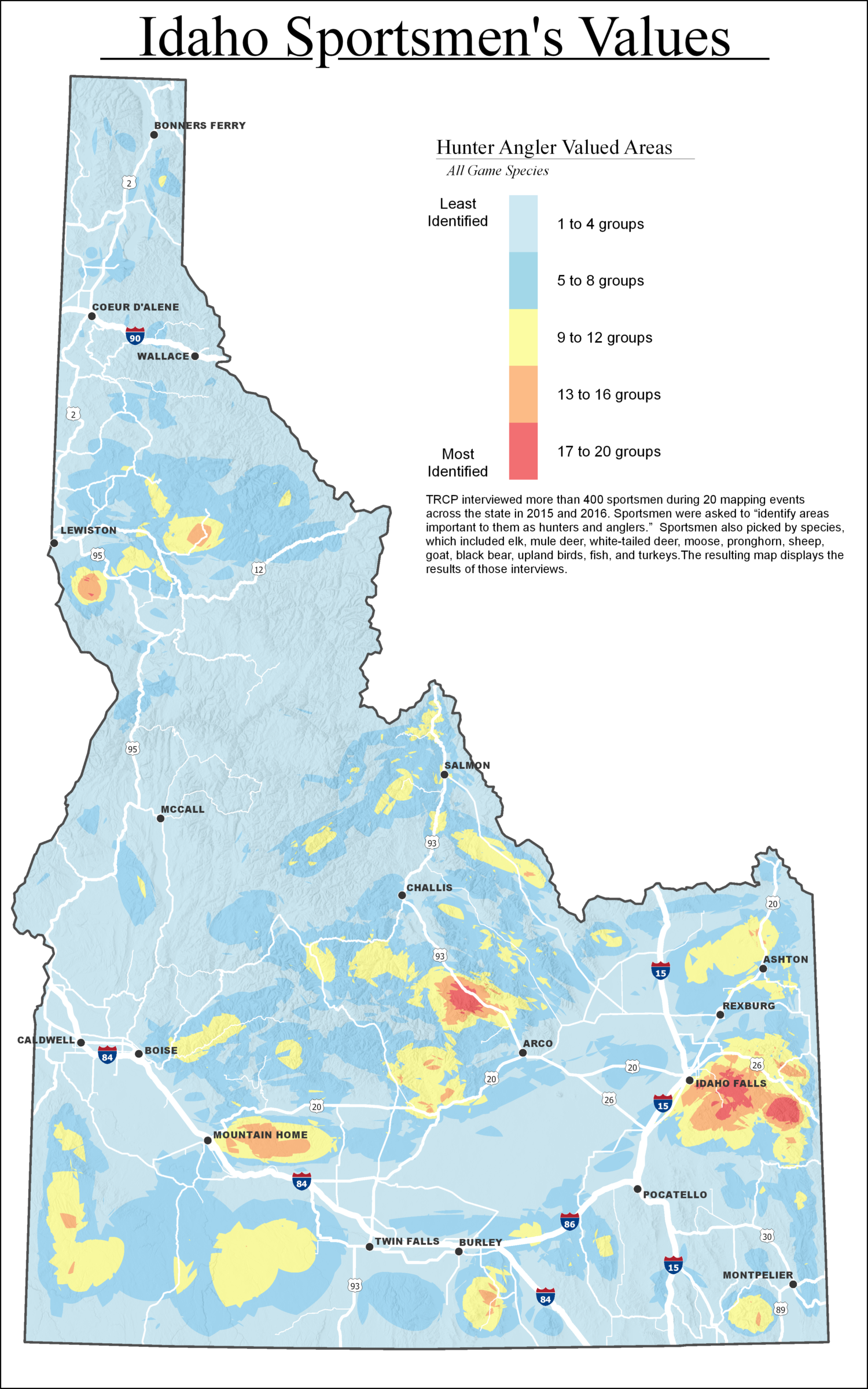
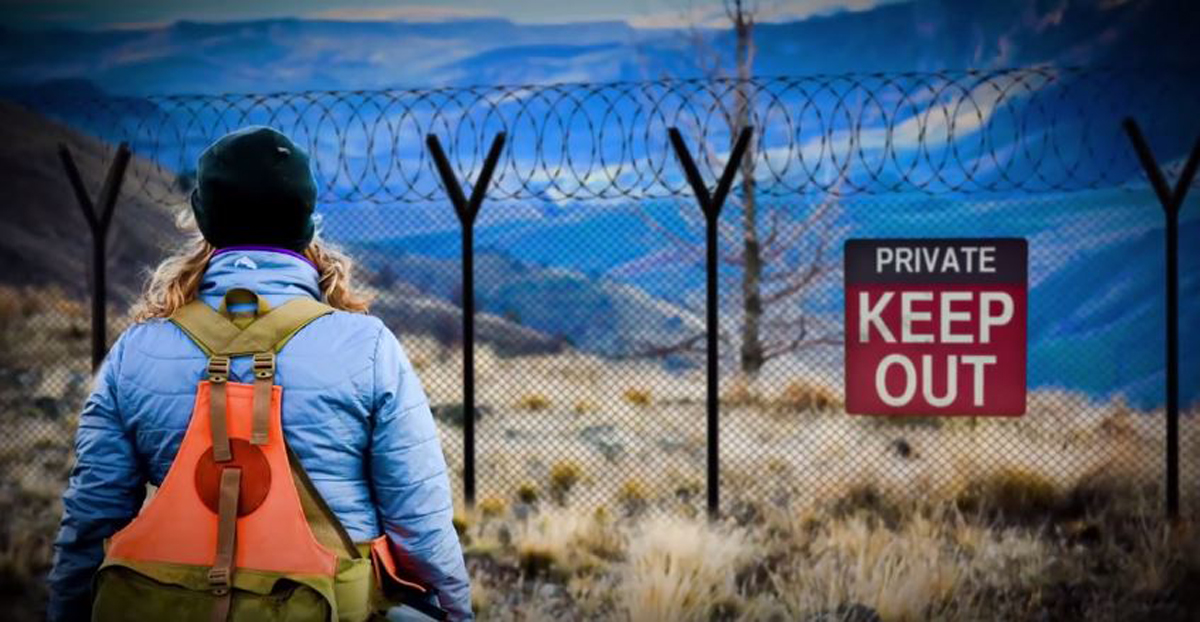




You might link to the actual resolution passed by Pima County AZ instead of just their website as that is confusing. If you need help I will send you the link.
Hi Helen,
When we originally posted this we were waiting for a pdf of the final signed resolution, but there is a direct link to that included now!
I would love to see my representatives in NC jump on board with this!